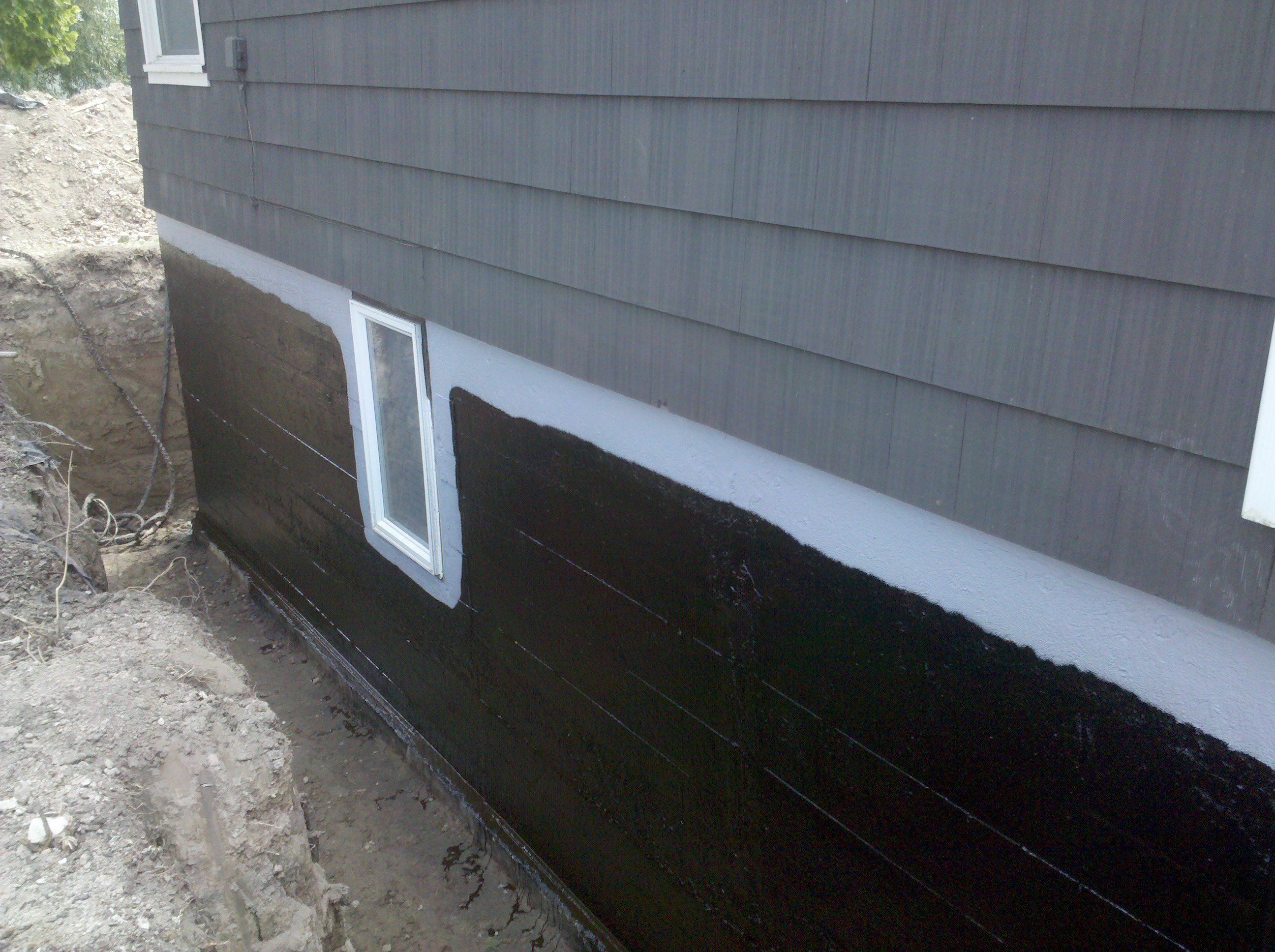Waterproofing is a crucial aspect of home maintenance that frequently gets ignored. Many homeowners fail to realize the importance of keeping their homes safe from moisture damage, which can lead to pricy repairs and long-term physical issues. Understanding why waterproofing is necessary for every home and structure is the first step towards guaranteeing a protected and damp-free environment for your family. With the potential to save lots in repairs, the advantages of waterproofing far outweigh the upfront cost.
In this ultimate guide to waterproofing, we will explore everything you need to know about protecting your house from water damage. Whether you're dealing with a watery basement, a susceptible roof, or damp-prone areas like restrooms and cooking spaces, our list will provide you with the knowledge you need to take action. From busting popular waterproofing myths to identifying the signs that your property needs attention, we have you covered. Let's delve into the crucial strategies for waterproofing success and make your home a fortress against water.
Comprehending the Significance of Waterproofing
Waterproofing is an integral aspect of home and construction maintenance that often goes unnoticed. Without sufficient waterproofing, a property is susceptible to water damage, which can lead to structural complications, mold growth, and expensive fixes. By applying waterproofing methods, homeowners can protect their investments and enhance the overall resilience of their buildings.
One of the primary reasons waterproofing is important is the prevention of moisture entry. Whether it's through the foundation, top, or partitions, liquid can leak into a property, causing deterioration that may not be evident right away. By tackling these potential entry points, owners can avoid major financial burdens related to restorations and renovations in the coming time. Not only does waterproofing protect against existing dangers, but it also serves as a proactive measure against upcoming threats.

Additionally, effective waterproofing contributes to thermal efficiency in structures. When humidity is managed, the likelihood of heat loss due to humidity is reduced, resulting in diminished temperature regulation costs. Spending on waterproofing not only protects your building but also offers monetary gains through possible reductions, making it an essential consideration for any property owner.
Vital Waterproofing Techniques and Approaches
Effective waterproofing begins with a comprehensive inspection of your home to recognize susceptible areas. For cellars, applying waterproof paints and membranes on sides and floors can stop moisture seepage. Interior strategies such as drainage systems and sump pumps help manage water infiltration by redirecting it away from vital areas. Additionally, making sure that gutters and downspouts are operating well can lessen water gathering near your foundation.
When addressing with roofs, choosing the right waterproofing materials is essential. Liquid waterproofing membranes are popular for flat roofs, as they provide a continuous barrier against leaks. For angled roofs, choosing quality waterproofing coatings can defend against harsh weather and extend the lifespan of roofing materials. Regular maintenance is critical, including checking for cracks and making sure seals around vents and chimneys are intact.
In conclusion, waterproofing outdoor structures such as decks and patios requires particular techniques to improve durability. Utilizing https://aluneed.ca/ created for exterior surfaces can stop water damage and improve longevity. For balconies and terraces, proper drainage systems are crucial to avoid water accumulating and following structural issues. By using these techniques, homeowners can ensure comprehensive protection from moisture-associated problems.
Formulating Informed Choices: DIY vs. Professional Moisture Protection
As you are deciding between DIY and professional waterproofing, it is important to evaluate your skills, the difficulty of the project, and the possible risks involved. DIY waterproofing can be attractive due to the reduced costs and the satisfaction of finishing a home improvement project. However, many homeowners underestimate the details involved in effectively waterproofing areas like basements or roofs. Errors committed during a DIY project can lead to greater problems down the line, which could costing higher in repairs than if a professional was employed from the beginning.
Alternatively, hiring a skilled waterproofing contractor guarantees that the job is completed properly and efficiently. Professionals offer specialized knowledge, specific tools, and access to high-quality materials that the typical homeowner may not have. In addition, they can detect underlying issues that may not be clearly apparent to an inexperienced eye. This level of thoroughness can save homeowners time and money over the long term by preventing problems such as mildew growth, structural damage, and possible health hazards from leakage.
In conclusion, the choice between DIY and professional waterproofing should hinge on your comfort with home improvement projects, the specific requirements of the waterproofing task at hand, and your financial limits. If the project is straightforward and you possess the necessary skills, DIY may be the best option. However, for trickier challenges or if you are in doubt, investing in professional services is often the smarter choice, providing assurance and durable results.
